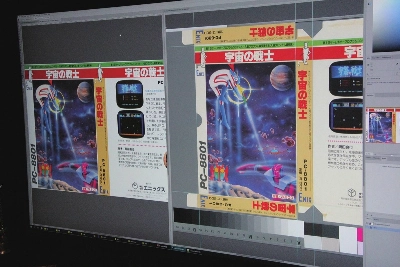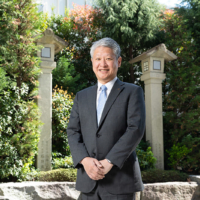Experiments in combining Western and Japanese instruments have been made since the Meiji Period, from the tentative early attempts to mix Japanese instruments in Western-style compositions to the recent bold, anything-goes usage of electronic, jazz and popular musical styles with hogaku. Some of the mixes of musical styles have proved successful, while others have faded with fashion. In general, though, hogaku has proved to be a fertile base for experimentation.
Early Japanese composers trained in Western classical music were quite familiar with Japanese instruments. One was Rentaro Taki (1879-1903), who is known for compositions such as "Kojo no Tsuki (Moon Over the Ruined Castle)," 1901, and "Hana (Flowering)," 1900, which remain extremely popular even today. "Kojo no Tsuki" especially lends itself to rendition by the shakuhachi.
The prolific early 20th-century composer Kunihiko Hashimoto (1904-1949) also appreciated Japanese instrumental sounds. One of his masterpieces, "Jogashima no Ame (The Rain at Jogashima Island)," for voice, piano and violin (or flute) obbligato, has instructions written in the early scores which mention the obbligato part can be played by shakuhachi. The soulful immediacy of the shakuhachi adds an poignancy to the mournful lyrics of the piece.
















With your current subscription plan you can comment on stories. However, before writing your first comment, please create a display name in the Profile section of your subscriber account page.